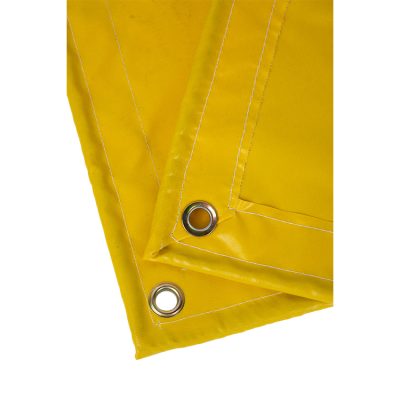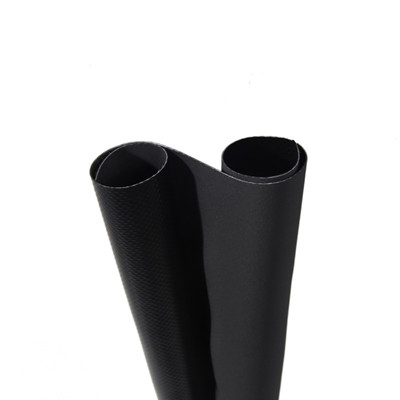Tarpaulins can be used effectively for waterproofing various objects and surfaces, providing protection against moisture, rain, and other environmental factors. Here are some common scenarios where tarpaulins are used for waterproofing:
- Roof Repairs: Tarpaulins are often employed as temporary roof covers during roof repairs or when a roof has been damaged by storms. They can prevent rainwater from entering the building and causing further damage.
- Leaky Windows and Doors: To temporarily seal leaky windows or doors, especially during heavy rain or storms, tarps can be hung or secured over the openings to prevent water infiltration.
- Boat and Marine Use: Tarps are commonly used to cover boats, sailboats, and other watercraft to protect them from rain, sun, and moisture. Waterproof tarps help keep boats dry when not in use.
- Outdoor Furniture Protection: To protect outdoor furniture, grills, and equipment from rain and moisture, tarps can be draped over them or used as custom covers.
- Garden and Plant Protection: Gardeners use tarps to cover sensitive plants during heavy rain or to create temporary rain shelters for plants that require protection from excessive moisture.
- Camping and Backpacking: Waterproof tarps are popular among campers and backpackers. They can be used as ground covers, rain flies, or makeshift shelters to keep campers and gear dry during wet conditions.
- Firewood Storage: To keep firewood dry and ready for use, stack it under a tarpaulin cover to protect it from rain and moisture.
- Construction Sites: Construction projects often use tarps to cover materials, equipment, and work areas to prevent rainwater from damaging building materials or causing safety hazards.
- Temporary Pool Covers: During pool maintenance or winterization, tarps can be used to cover swimming pools and prevent debris, rainwater, and leaves from entering the pool.
- Vehicle Protection: Tarps are used to cover vehicles, including cars, motorcycles, and RVs, to protect them from rain, snow, and UV radiation.
When using tarps for waterproofing, consider the following tips:
- Choose Waterproof Tarps: Look for tarps specifically designed to be waterproof or water-resistant. They are typically made from materials like PVC, polyethylene, or canvas that provide effective moisture protection.
- Proper Installation: Secure tarps tightly to prevent them from blowing away or water from pooling on the surface. Use bungee cords, ropes, or straps to fasten them securely.
- Regular Inspection: Periodically inspect the tarps for tears, holes, or wear and tear. Damaged tarps may compromise their waterproofing capabilities.
- Tarp Maintenance: Clean and dry tarps before storing them to prevent mold and mildew growth. Proper storage can extend the life of the tarp.
Waterproofing with tarps is a cost-effective and versatile solution for protecting a wide range of objects and surfaces from moisture-related damage. It is important to choose the right type of tarp for your specific application and to ensure proper installation for effective waterproofing


















